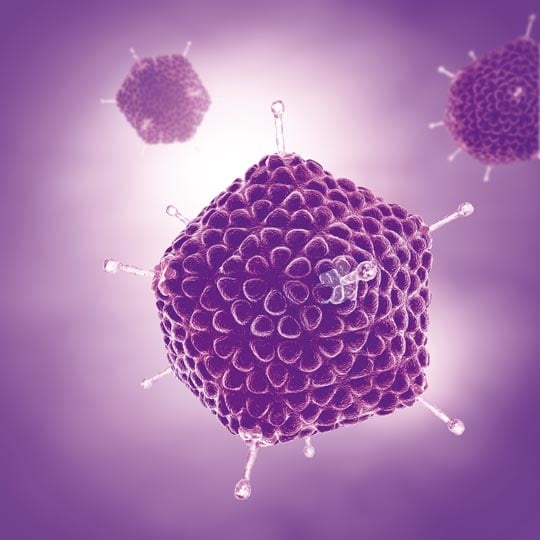Modes of Transmission

Rotaviruses are non-enveloped viruses from the family of Reoviridae. Rotaviruses are distributed worldwide and are of great infectiological importance as the causing pathogens of rotavirus gastroenteritis.
Newborns and infants up to two years are particularly affected by nosocomial intestinal infections with rotaviruses because they lack an adequate immune protection. In developing countries, rotavirus infections contribute significantly to infant mortality. The World Health Organisation (WHO) estimated 527 000 deaths occurred worldwide in the year 2004 [1]. Vaccination against rotaviruses is recommended by the WHO for infants as early as six weeks [2].
After an incubation period of one to three days, diarrhoea and vomiting may be the first symptoms to appear. Further symptoms may include fever and abdominal pain. For the course of disease, a wide spectrum is observed, ranging from asymptomatic to severe illness. Infected individuals are contagious for the duration of faecal viral shedding, which generally lasts up to eight days.
The main path of transmission for rotaviruses are faecal-oral smear infections. Moreover, it was recently discovered that an infection can be transmitted through the saliva of infected persons [3]
Hygiene measures can make an important contribution to protection against infections with rotaviruses. A disinfectant with limited spectrum virucidal efficacy or virucidal efficacy should be used for both hand and surface disinfection .
» Necessary spectrum of antimicrobial activity
Click here to find products with virucidal activity
Click here to find products with Rotavirus activity.
Sources:
